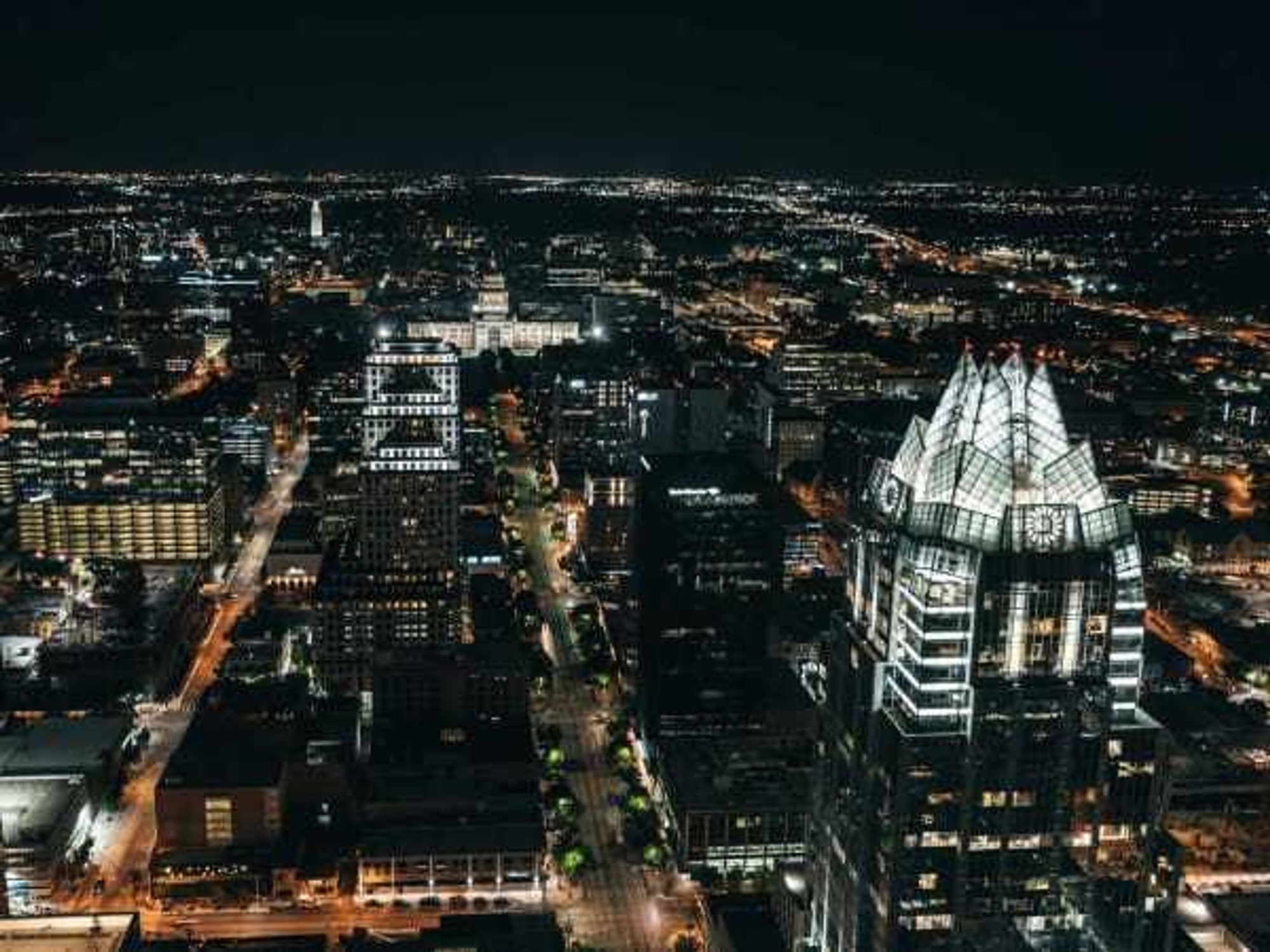Silicon Valley to Silicon Hills
Surge in San Francisco tech companies turning Austin into ‘next Silicon Valley’

If it feels like Silicon Hills increasingly mirrors Silicon Valley, you’re not imagining things. Austin ranks No. 1 among U.S. metro areas for the amount of office space leased elsewhere in the past nine years by tech companies hailing from the San Francisco Bay Area.
Tech companies based in the Bay Area — a region encompassing San Francisco, San Jose, and Silicon Valley — have gobbled up more than 6.1 million square feet of office space in the Austin area since January 2010, according to data collected by commercial real estate services company Cushman & Wakefield.
The office space scooped up in and around Austin by Bay Area companies is a little shy of the size of the Pentagon, which at 6.5 million square ranks as the world’s largest office building. Looking at it another way, the 6.1 million-plus square feet of space equals about 11 Frost Bank towers.
“Like it being said or not, Central Texas is the next Silicon Valley,” declares Austin entrepreneur Paul O’Brien, who formerly lived and worked in Silicon Valley.
Cushman & Wakefield data shows 17 Bay Area tech companies have leased office space in Austin since 2010, including Adobe, Apple, Dropbox, Facebook, Google, Intel, Lyft, and Uber. Several of those companies have established outposts in downtown Austin, the Domain, and in Northwest Austin.
Austin business officials and civic leaders continue to woo Northern California employers, too. In September, a delegation led by the Austin Chamber of Commerce’s Opportunity Austin economic development initiative met with business executives and site selectors in the Bay Area to pitch Austin as a robust place for corporate growth and relocation. The tech industry now accounts for 8.3 percent of the area’s workforce, according to Cushman & Wakefield.
Roland Peña, vice president of economic development at the Austin Chamber of Commerce, says tech companies based in the Bay Area are drawn here because of its ample supply of highly skilled workers, as well as its comparatively low cost of doing business. An example of the lower expenses: In the third quarter of this year, the average asking rent for office space in Austin stood at $48.39 per square foot, versus $56.64 per square foot in Silicon Valley and $92.67 per square foot in San Francisco, according to commercial real estate services company JLL.
Additionally, Peña cites Austin’s healthy ecosystem for entrepreneurs and startups. For all of those reasons, he envisions a continued influx of Bay Area tech employers into the area.
“In my personal and professional opinion, I believe companies across the U.S. are searching for markets that can provide sustainability,” Peña says. “The Austin metro leads all 50 major metros in population in-migration and, over the last 10 years, has become the fastest-growing major job market.”
O’Brien, too, sees no signs of the Bay Area-to-Austin movement slowing down anytime soon, in large part because he says tech companies gain a greater return on their investment in Central Texas than they do in Northern California. In fact, O’Brien believes this trend will accelerate, with Apple’s planned $1 billion campus in Northwest Austin being a case in point.
“What we’re experiencing in Austin is practically unique in the world. Bay Area companies, having explored other countries and other cities, are finding that Texas is the most efficient use of their capital and human resource investment,” O’Brien says.
“Sure, engineers can be found less expensively elsewhere and, indeed, setting up an office elsewhere can come with it own incentives or proximity to other markets,” he adds. “But it’s in Texas where experience with technology and creative cultures is emerging in a workforce that’s accessible and affordable.”
